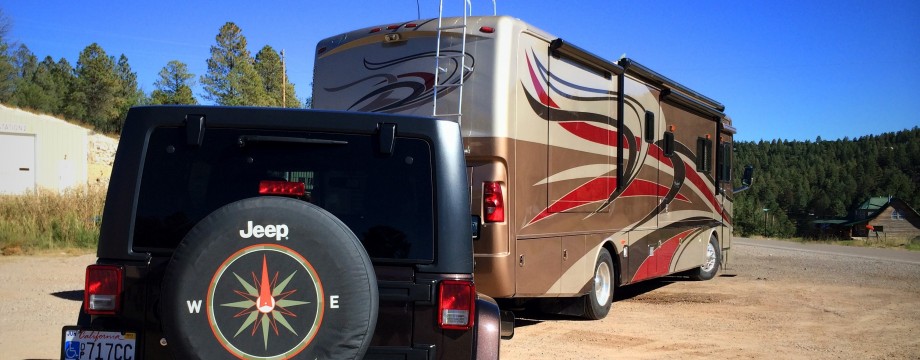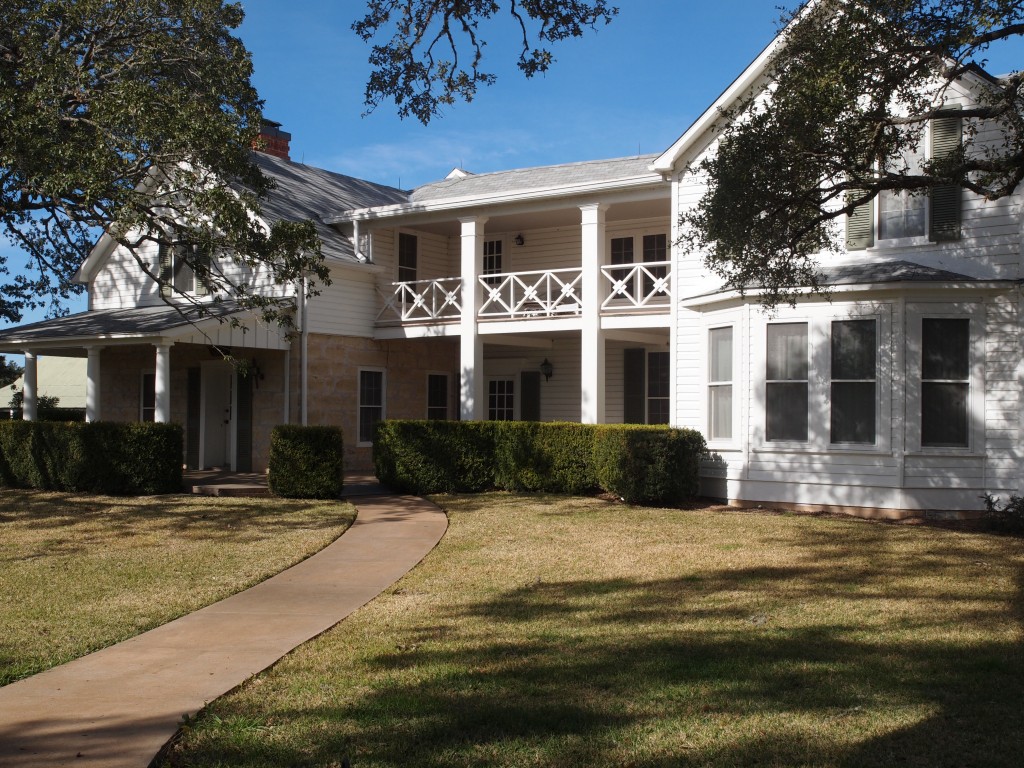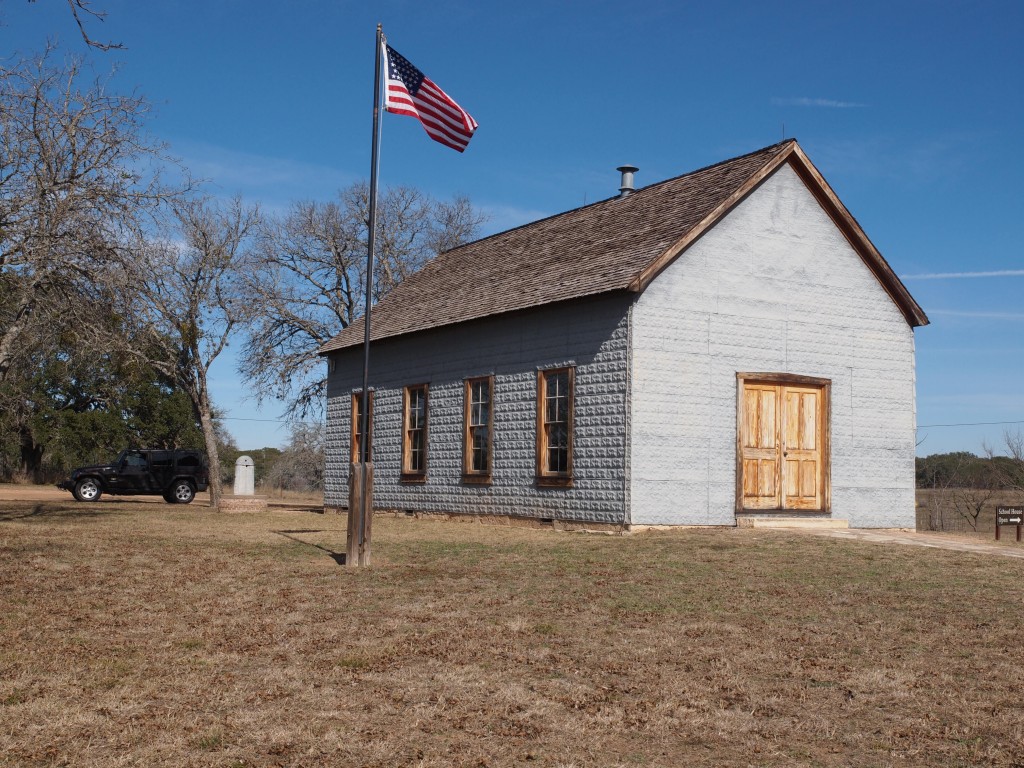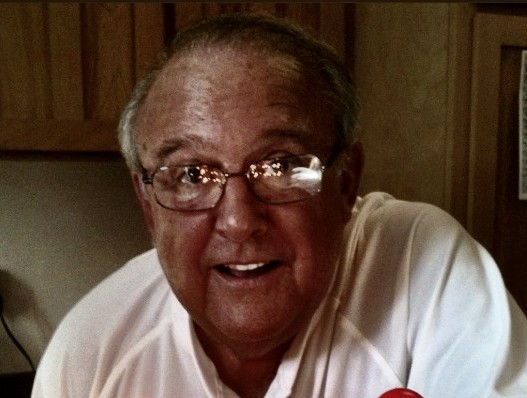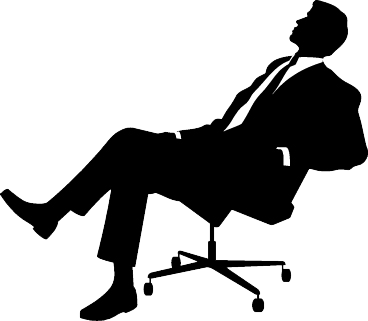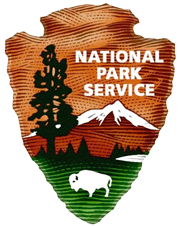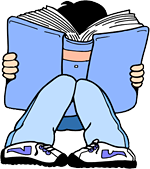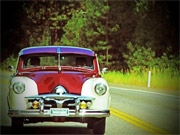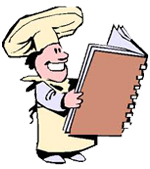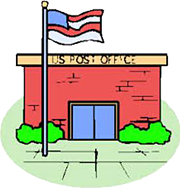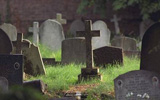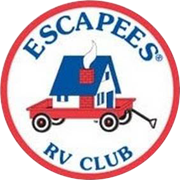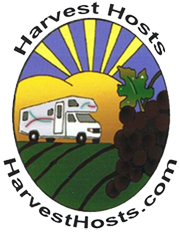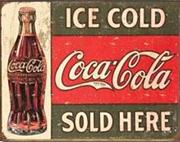JANUARY 16, 2015.
LYNDON B. JOHNSON RANCH, TEXAS. It’s bright and sunny this morning at Buckhorn Lake. Recent rain makes the great outdoors look clean and crisp…the lake sparkles as if covered with diamonds. A perfect day to saddle up and take a ride to the LBJ National Historical Park. Located just an hour’s drive from Kerrville in the Texas Hill Country, the park protects the birthplace, home, ranch and final resting place of Lyndon B. Johnson, the 36th President of the United States.
LBJ’S LEGACY. After his presidency ended in 1969, Johnson returned home to retire. His desire to leave a legacy of his ranching accomplishment and to demonstrate the cultural and conservation practices associated with ranching prompted President and Mrs. Johnson to donate a portion of the LBJ Ranch to the LBJ National Historic Site. Johnson stipulated that the ranch remain a working ranch, and not a “sterile relic of the past.” To that end, the National Park Service maintains a herd of Hereford cattle descended from Johnson’s registered herd and manages the land as a living demonstration of ranching the LBJ way.

Johnson being sworn in aboard Air Force One on November 22, 1963. Jackie Kennedy, just widowed, stands to Johnson’s left.
“ALL THE WORLD IS WELCOME HERE.” Before his death, Johnson was fond of saying about his ranch, “All the world is welcome here.” And so it is now. In this presidential park, we traced the ancestry and heritage of our 36th President as well as his birth, childhood, political career, retirement and death. Sites in the park include the visitor center, Johnson’s boyhood home, the school house he attended, the Johnson family cemetery and the Texas White House. (My parents’ lived on a bluff overlooking the Pacific Ocean in San Clemente, California…right “next door” to President Richard Nixon’s “Western White House.” Almost deja vu!)
TEXAS WHITE HOUSE. On the docent-led tour of the Texas White House, I was surprised to see how small and modestly furnished it was. Johnson had lots of guests visit him in Texas while he was President, many of whom were dignitaries and world leaders. It’s hard for me to imagine the President of the United States and the British Prime Minister, as an example, discussing world affairs in Johnson’s little “home office.” It just doesn’t seem stately enough for that type of meeting.
AIR FORCE ONE-HALF. To reach his home in Texas while President, Johnson traveled in Air Force One to the international airport at either Austin or San Antonio and from there a smaller plane took him to a landing strip near his ranch. The President jokingly referred to the smaller plane as “Air Force One-Half.”
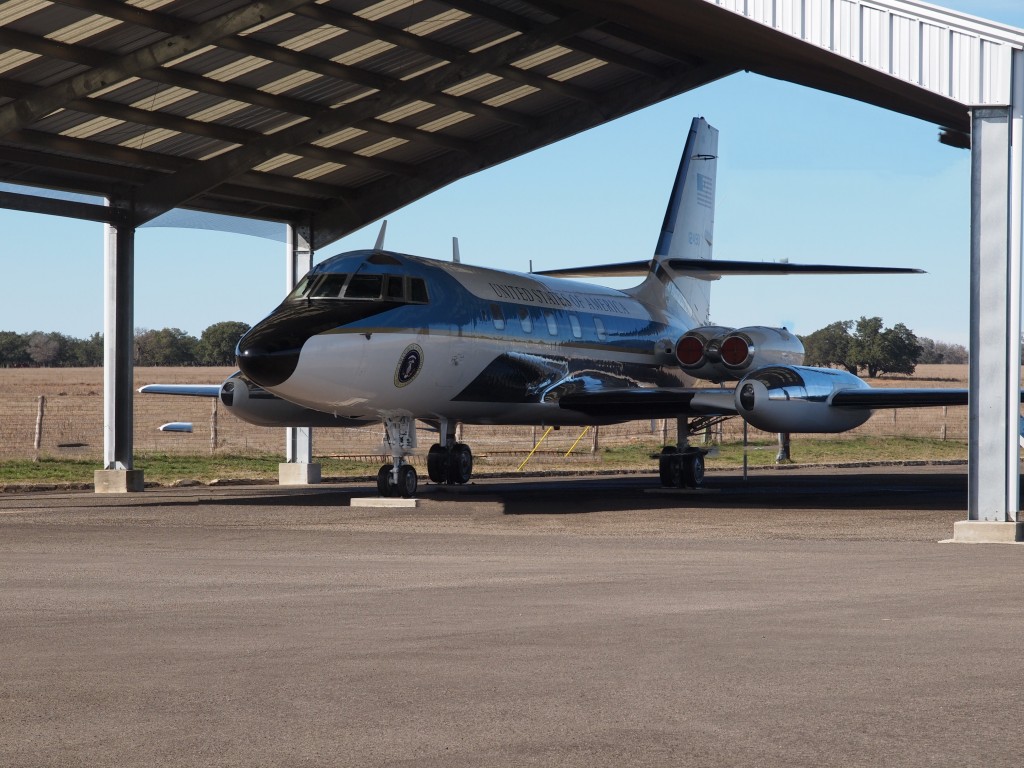
This Lockheed JetStar plane was often used to whisk the President where he needed to be if he was coming and going from his Western White House in Texas. Most of the time the President used a Boeing 707 to serve as his official plane, but he apparently liked this one as well, referring to it as “Air Force One-Half.”
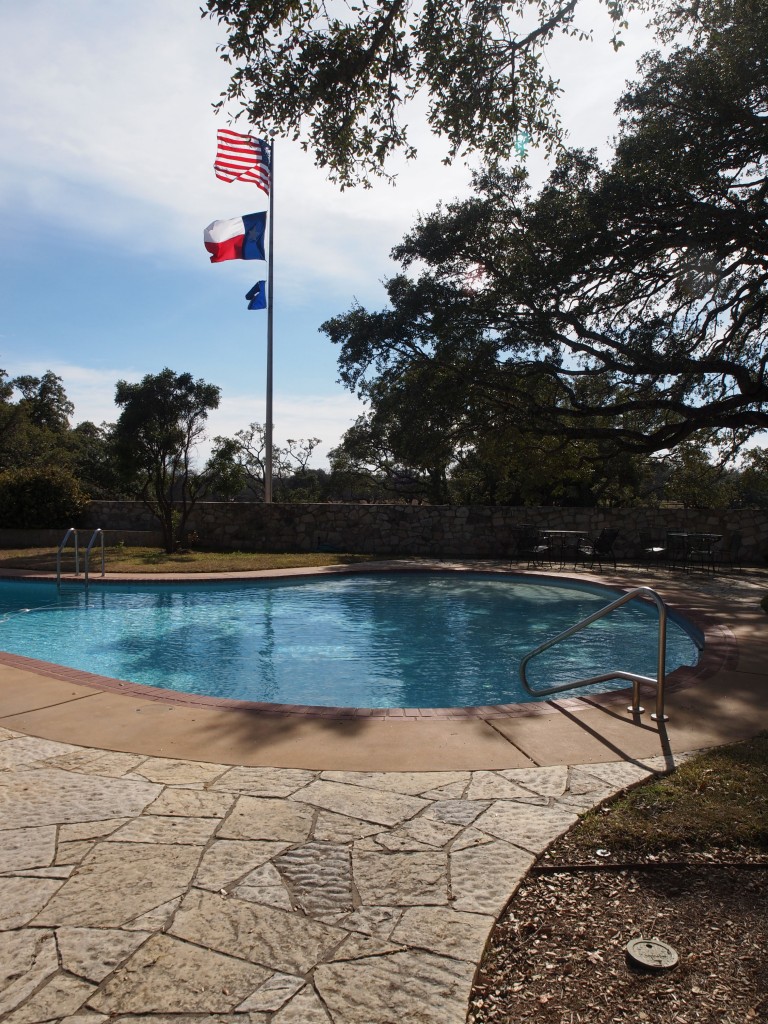
As the home itself, the swimming pool seems small, by what I consider to be presidential standards. And I believe Johnson was a wealthy man.

The two large headstones mark the resting places of Lady Bird and Lyndon B. Johnson. The family cemetery is located at Johnson’s ranch in the Texas Hill Country. Four generations of Johnson family members have been laid to rest under these ancient oak trees.
“PLEASE HOLD. THE PRESIDENT IS CALLING.”
Johnson was a powerful and persuasive communicator, who often conducted important business on the telephone. If there was one single tool of his presidency, it was the telephone. Historian William Doyle writes, “As president, Lyndon Johnson used the telephone like an assault weapon. He didn’t just pick up the telephone, he grabbed it.” Former aides recall Johnson practically crawling through the wire to bully, cajole and persuade people. During the first frenzied years of his presidency, Johnson easily made 40 calls a day. Seldom a time-waster, he would sometimes have three calls going at the same time. After his first full day as president – before he even moved into the White House – Johnson ordered Kennedy’s phone system overhauled so he could reach people more quickly. Doyle reports that phones were installed all over the Johnson White House: “under dinner tables, coffee tables, end tables, in bathrooms, and on windowsills.” Johnson wired his Texas ranch, and – long before wireless phones became commonplace – had phones rigged up in cars and on boats. Columnist Joseph Kraft wrote, “He must be the only man in the world who has had a phone installed beside a hammock.” Johnson secretly recorded some 9,000 of his phone conversations. Transcripts are now available for historians to review.
Few Presidents have had to lead a nation out of the kind of dark turmoil caused by the assassination of John F. Kennedy. Lyndon Johnson used the phone to navigate his first tumultuous months as President. A veteran of Washington politics, Johnson called on both friends and rivals to pull the country together.
EAVESDROPPING ON THE PRESIDENT
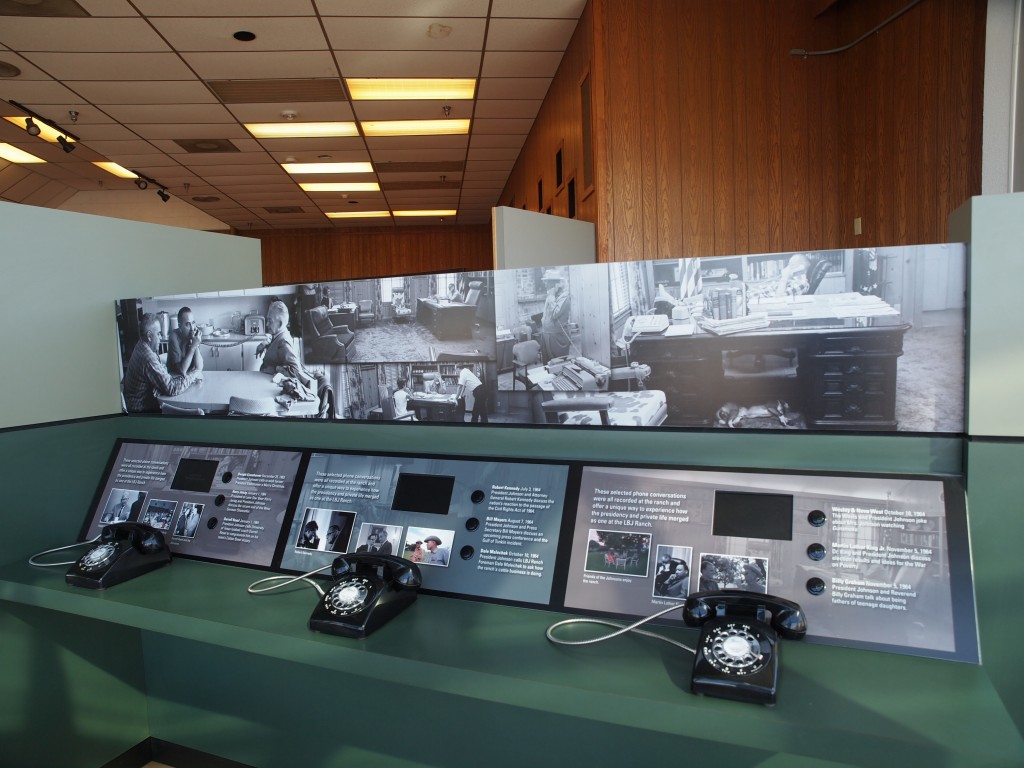
At this museum display, I listened to telephone conversations that were recorded in real time at the Texas White House during Johnson’s presidency. One was LBJ wishing Eisenhower “Merry Christmas.” Another was between the President and Martin Luther King, Jr. It was fun listening to history being made. Do you remember those old rotary phones? What about party lines?
JOIN US NEXT TIME, AS OUR ADVENTURE CONTINUES.
Today’s outing to the LBJ library was interesting. The weather cooperated with us, and I learned a lot about Johnson’s presidency and his life on the ranch. History comes alive on a trip such as our Great American Adventure. It’s fascinating to visit places where well-known historical events have occurred. We’ll keep finding those places as our journey continues. Join us, won’t you?


